
Daniel Lipscomb
@lipscomb_703
Imperfect disciple of Christ, aspiring theologian, and author of eight books. Passionate about writing on theology and valuing genuine friendships.
For those interested, and to be as transparent as possible, you can read a little bit about my testimony on my Amazon author page. amazon.com/stores/author/…

A helpful clarification from Kauffman on reverence versus veneration.
I think it’s important to distinguish between a) reverently collecting his remains for burial and visitation, and b) collecting his remains for exposure and veneration. The comment about his bones being precious was made in the context of gathering them up for burial to be…
Wrong. 2nd Constantinople's focus was primarily on Christological controversies, especially the Three Chapters, and the condemnation of certain Nestorian-leaning theologians. It didn't address icon or image veneration.
Irrelevant. The 2nd council of Constantinople infallibly decided icon/image veneration is licit.
Indeed, as the "council" blasphemously declared: “To those who dare to attack and blaspheme the venerable images and call them idols, let them be anathema!” ~ Council of Nicaea II, Session 7. 🙄
With every book I read, I grow more settled that venerating icons is a late patristic innovation. The scholarly discussion is simply whether it began in the 6th or 7th century. Yet an ecumenical council (Nicaea 2) literally anathematizes anyone who rejects the practice.
Since you constantly troll Dispensationalism, do you agree with this sentiment, @dalepartridge? I have yet to see you counter these sort of comments on your posts.
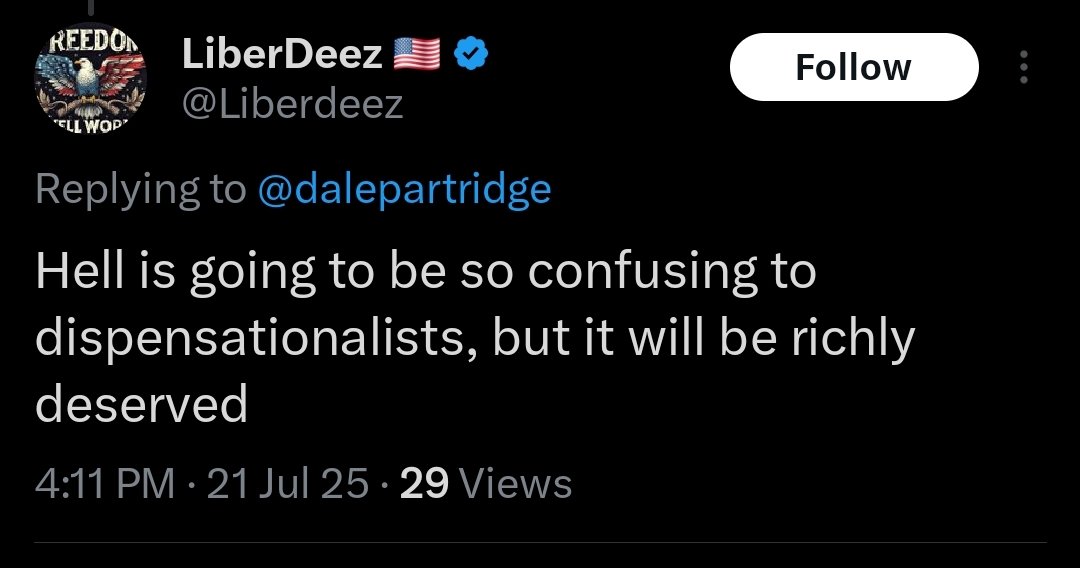
Beautifully said. 🔥🔥🔥
Theology 101: If a doctrine or practice were actually from the earliest church, people in later centuries wouldn't have had to literally forge documents to make it look like their novelties were original. Big, big red flag. E.g., writings of Dionysius the Aereopagite, fake…
Godly scholars are Christ’s gifts to the Church (Eph 4.11–12), equipped by the Spirit to edify the body, guard sound doctrine, and strengthen the faithful. We should thank God for them and steward their labors well.
Richard Price acknowledges that the iconoclasts were historically correct: veneration of images did not go back to the apostolic or patristic golden age. Iconophile claims often relied on later sources, and their historical narrative was more myth than fact.
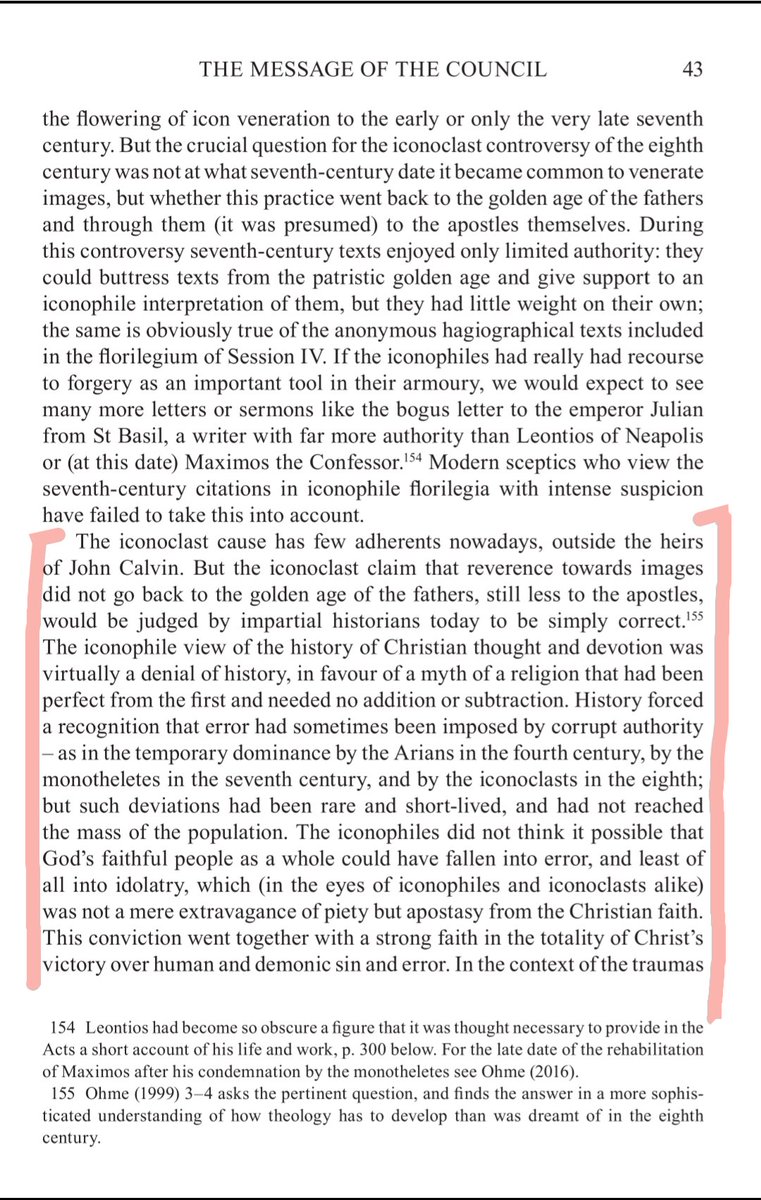

Today's blog explores the scientific and theological implications of extraterrestrial life, examining the Drake Equation, the SETI project, the rare earth hypothesis, and Christian responses including astrotheology and the potential scope of redemption. theologiaetvita.blogspot.com/2025/07/of-ali…
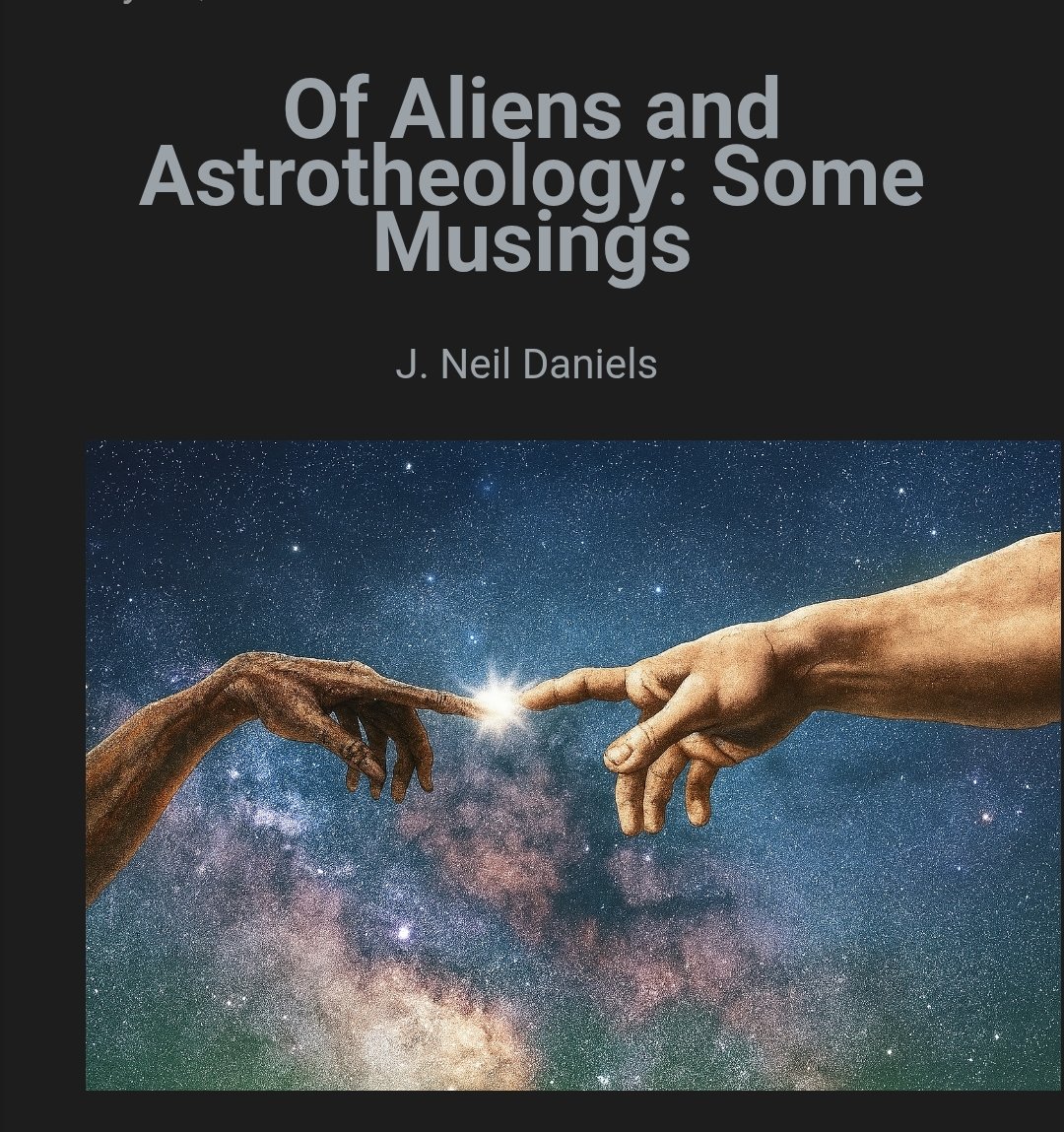
Fascinating read! 🧐
The ancient church understood how to do apologetics. Here are some lessons we can learn from them: michaeljkruger.com/the-brilliant-…
As Philip Schaff noted in his History of the Christian Church, the second Council of Nicaea's acts “abound in bad logic, false quotations, and extravagant veneration.” 🤔
"If you begin to lose the delight of the Lord in your life, remember what He saved you from." — Charles R. Swindoll
Sadly, the rejection of standard definitions like “Evangelical” and “Protestant” is typically driven by a mix of historical revisionism, anti-intellectualism, theological tribalism, and identity politics within Christianity. It's a sad testimony to the current state of affairs.
Harriet Harris' article identifies evangelicalism as rooted in the Reformation, aligning with Reformed and Lutheran churches, and stemming from eighteenth-century evangelical revivals. Evangelicals are clearly treated as a branch within Protestantism.
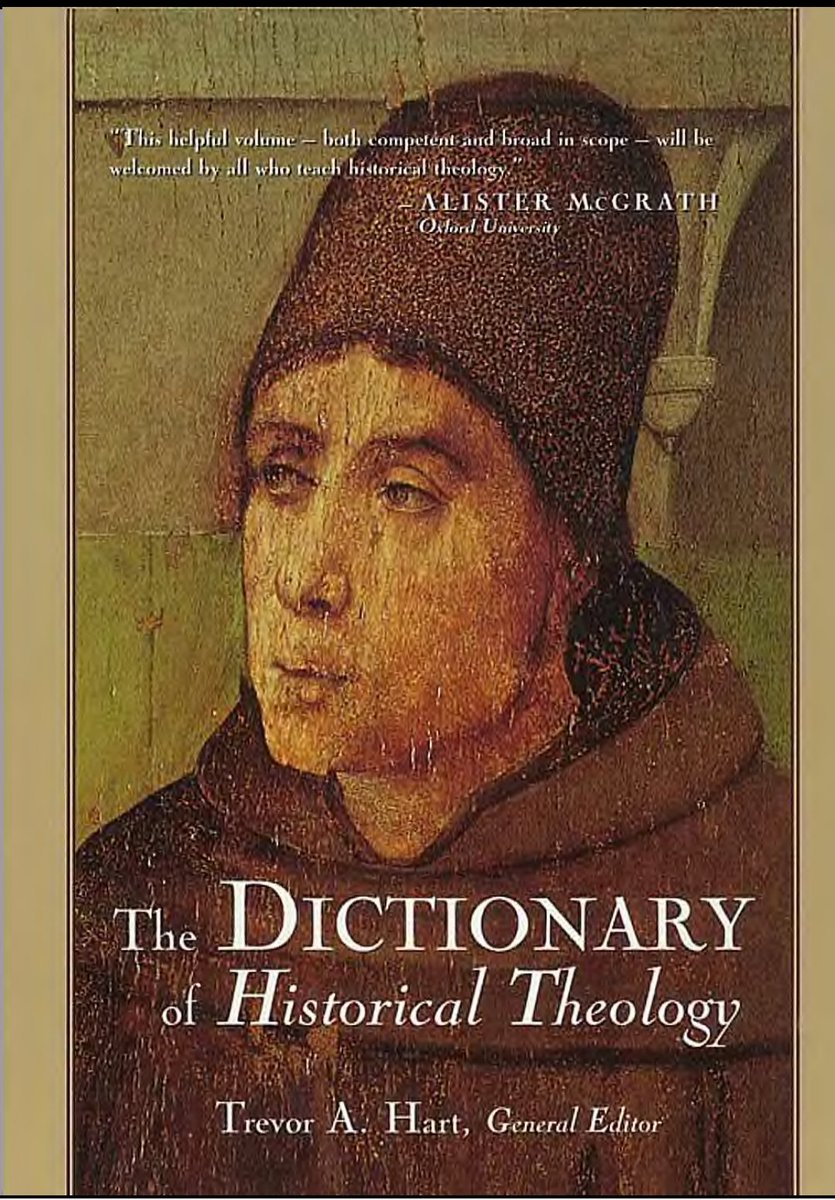

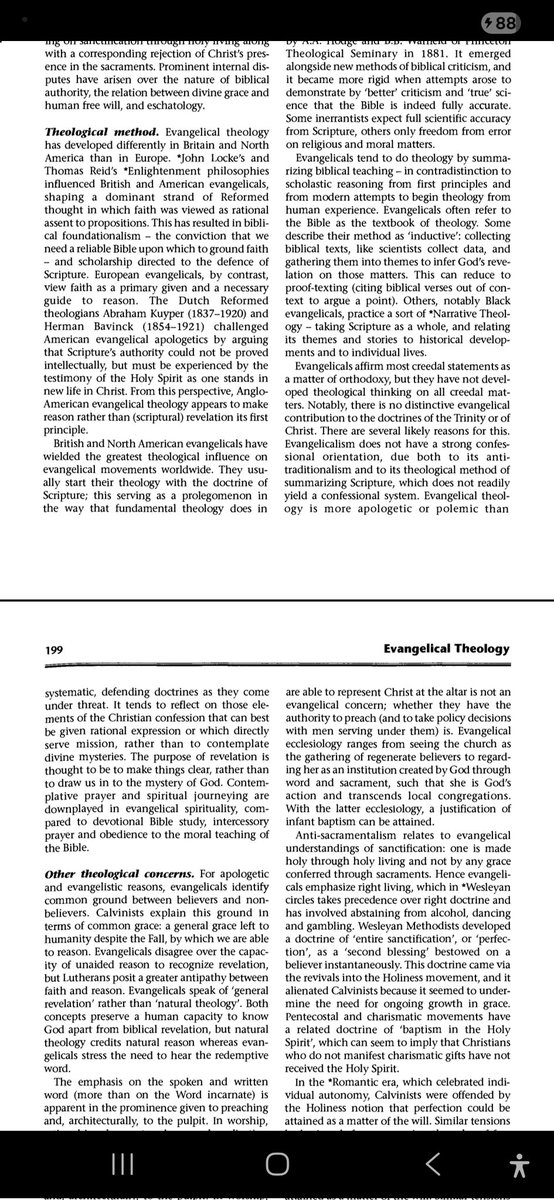
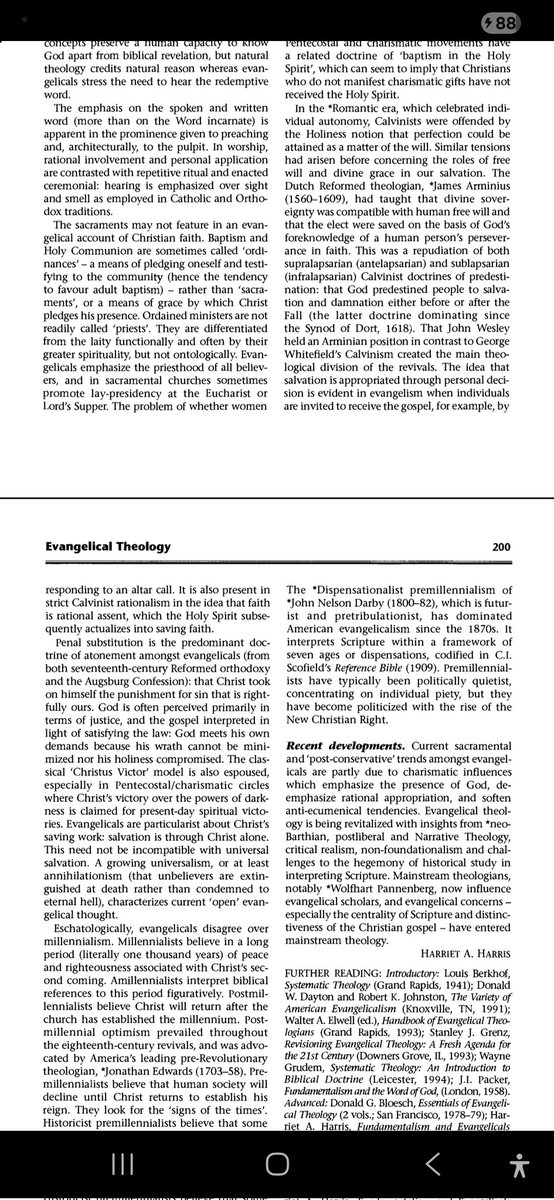
Matthew Y. Emerson and R. Lucas Stamps, The Baptist Vision: Faith and Practice for a Believers’ Church Copyright © 2025
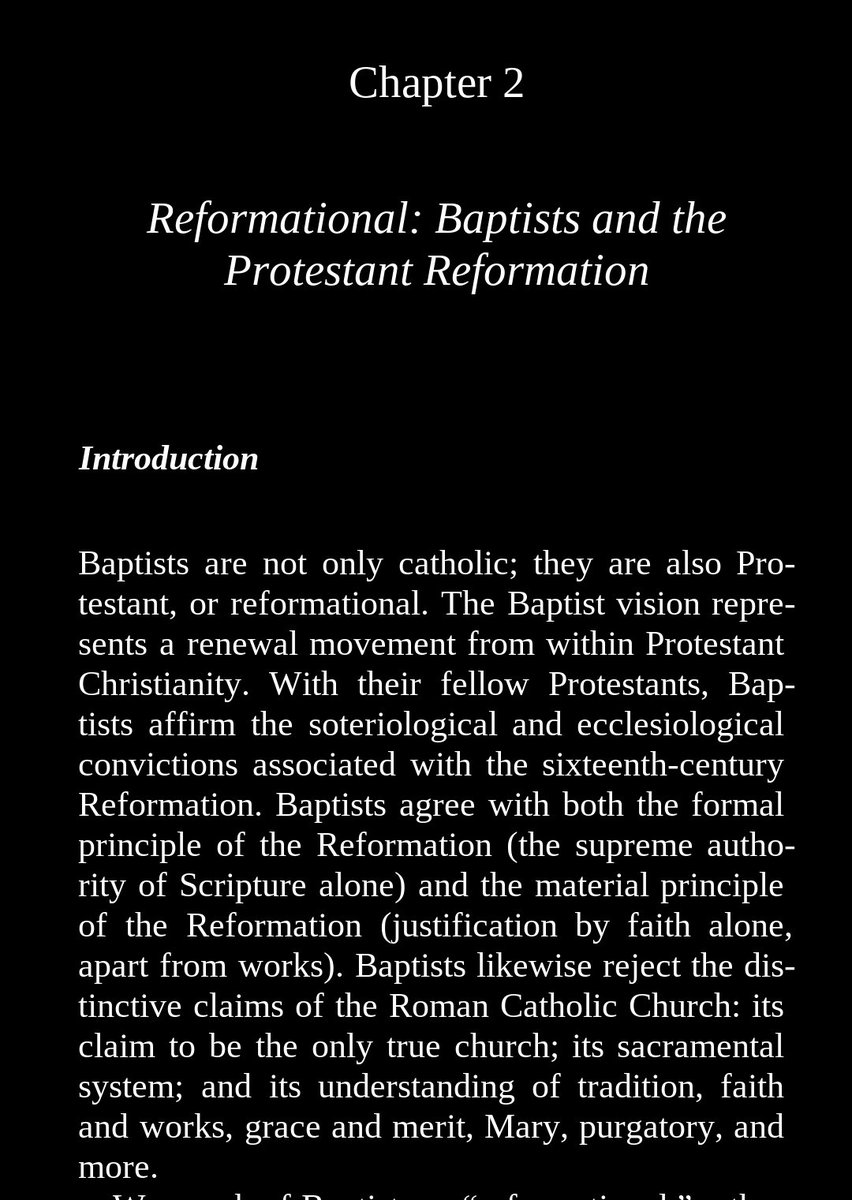
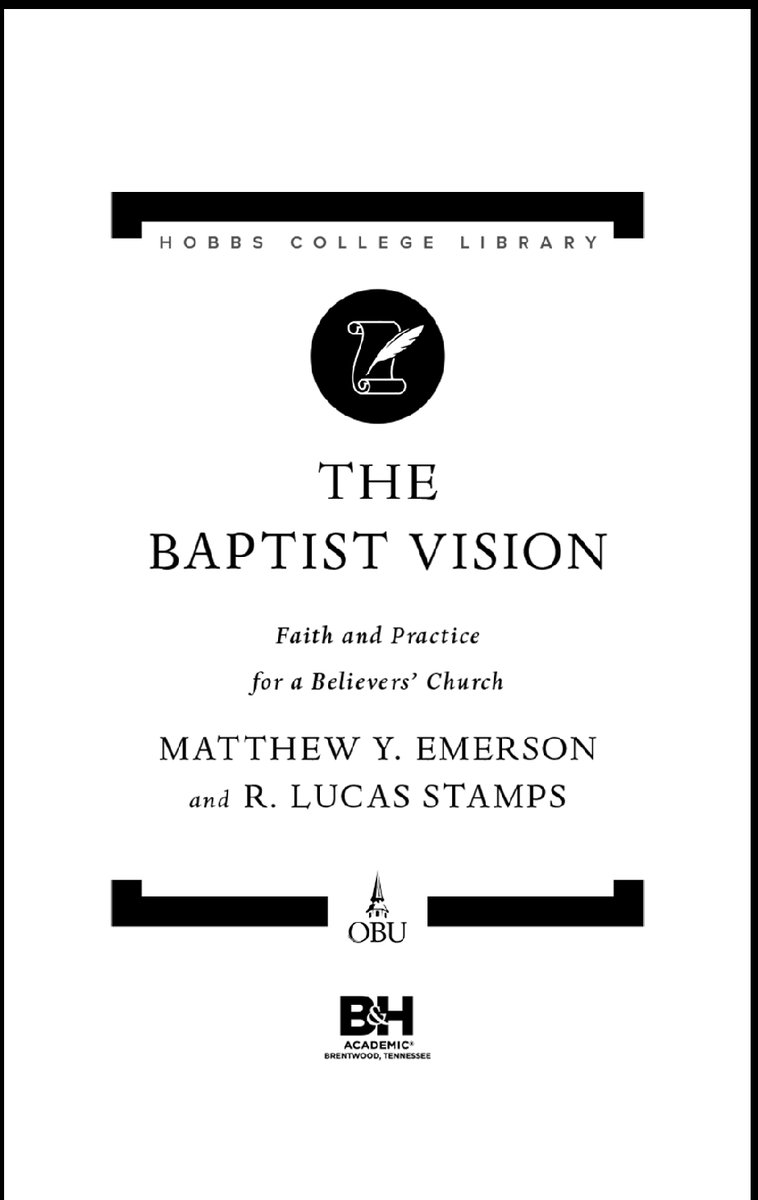
Jason K. Allen, "Sola Scriptura," in Sola: How the Five Solas are Still Reforming the Church.

The asinus controversy asked if Christ could've become incarnate as a donkey. Critics rightfully called it impious, as it severs the vital link between Christ’s true humanity and His redemptive work. Read more at my blog: theologiaetvita.blogspot.com/2025/07/though…
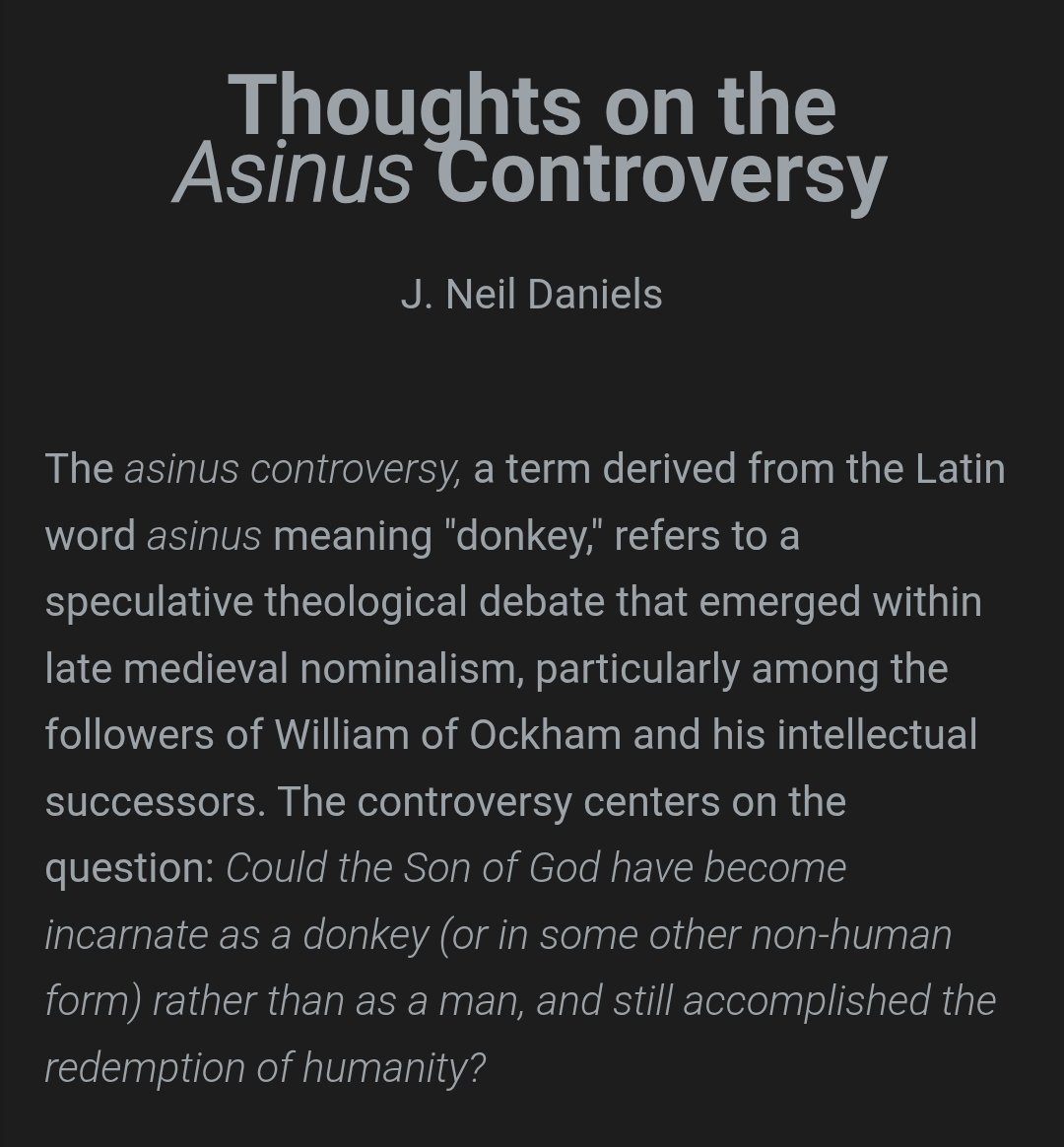
The 1679 Orthodox Creed explicitly sought to “unite and confirm all true Protestants,” showing that General Baptists identified themselves as Protestant. It was adopted by several Baptist associations in England and influenced churches in both England and America.




